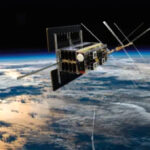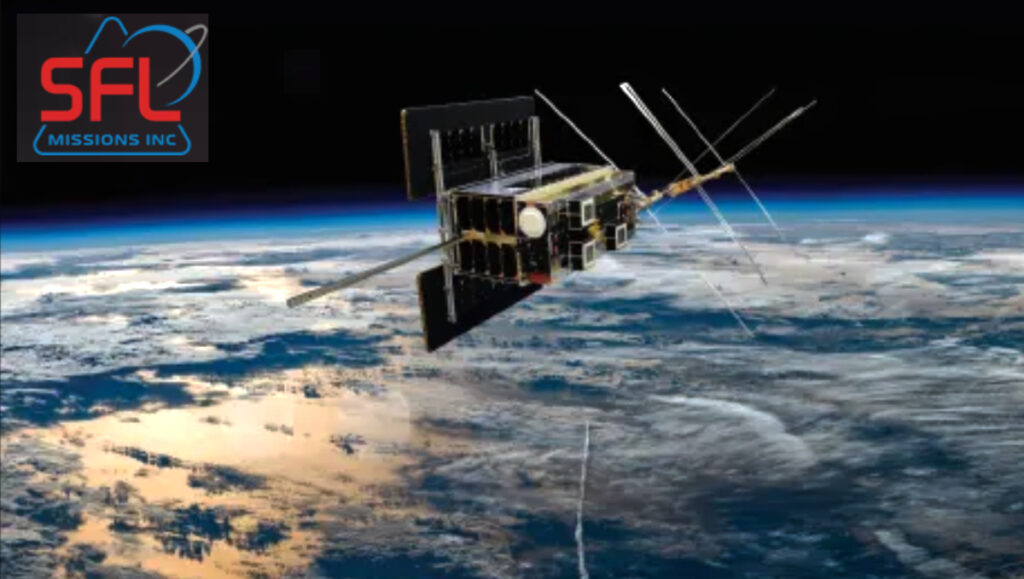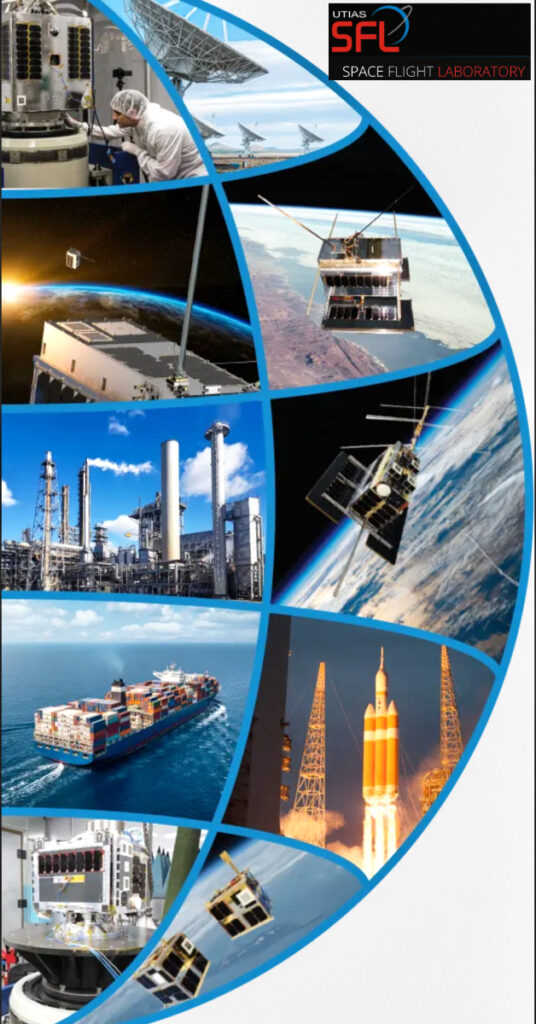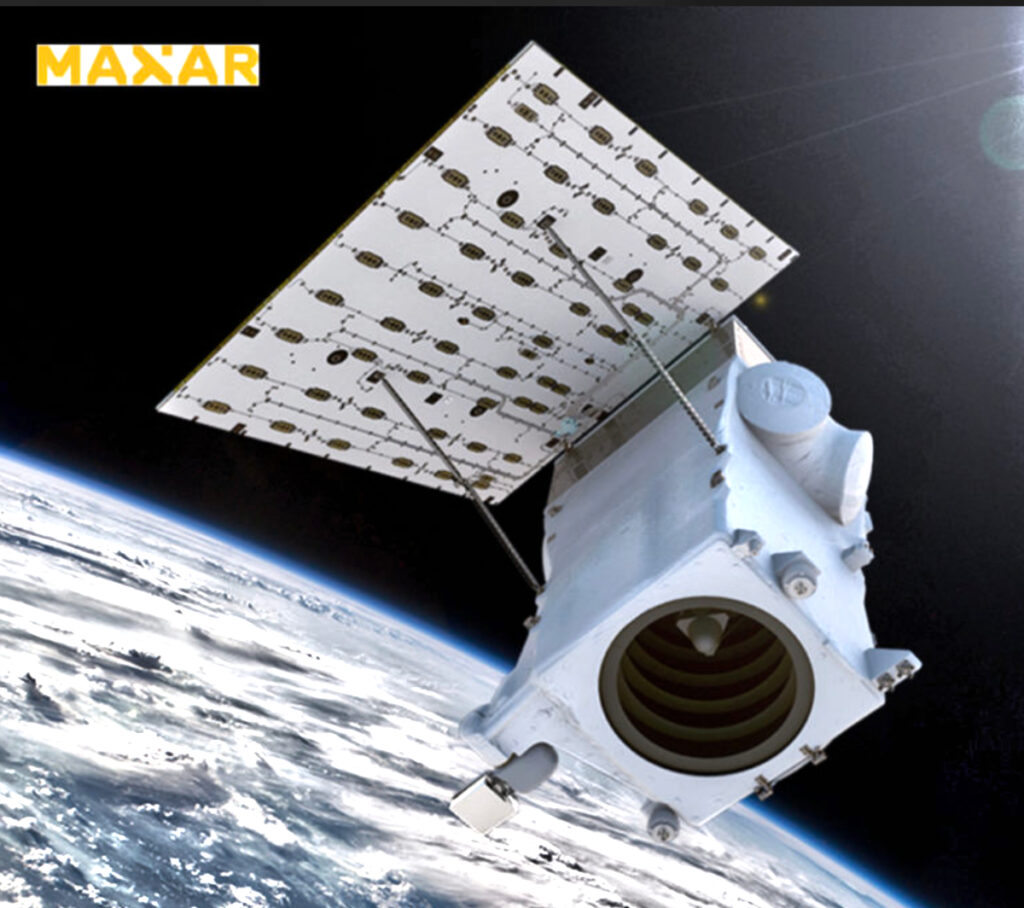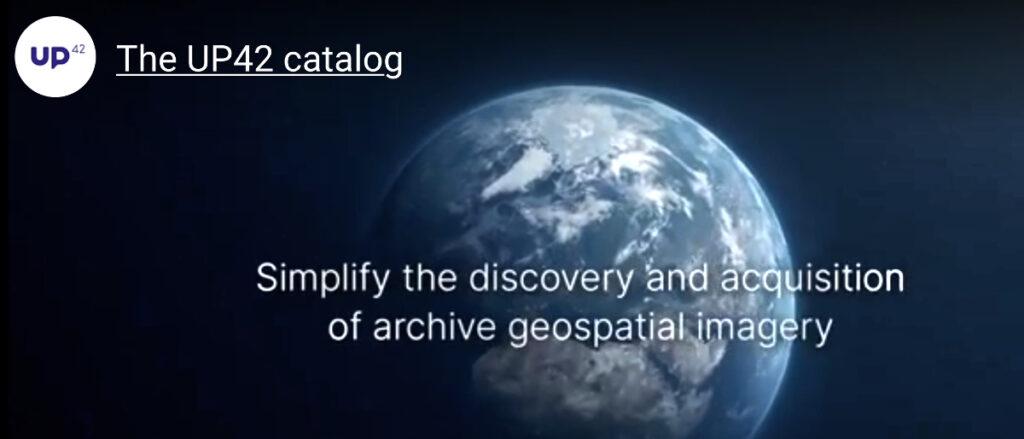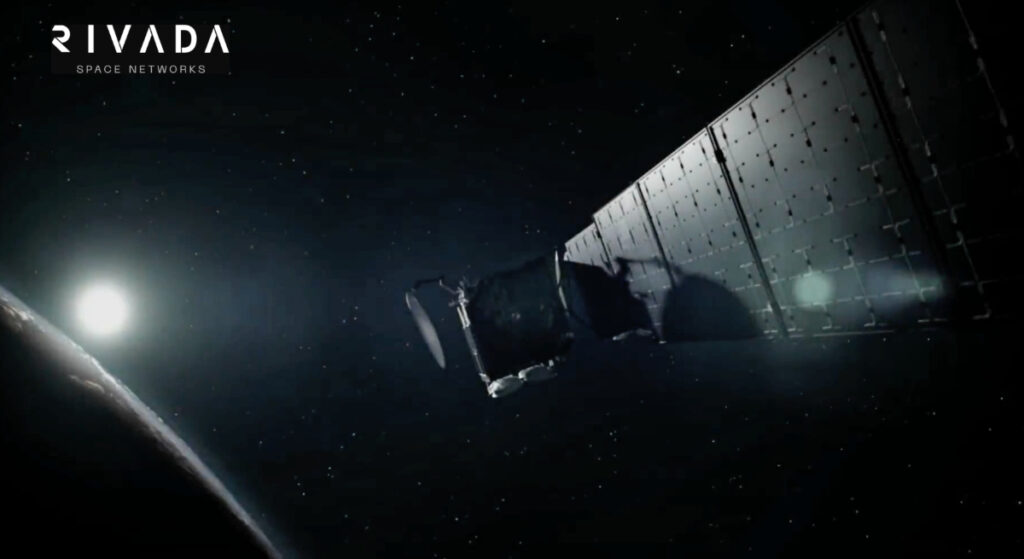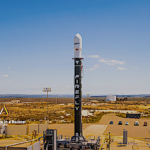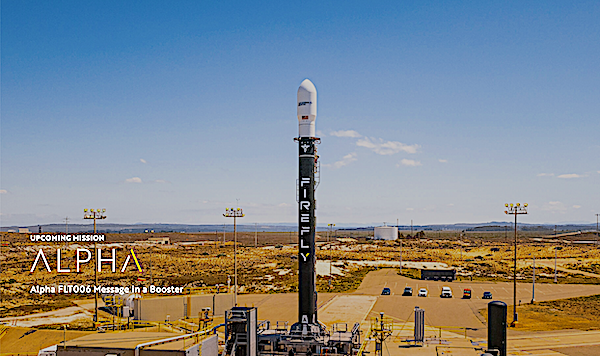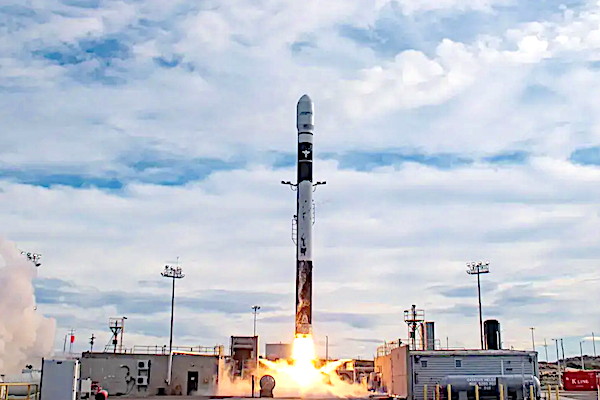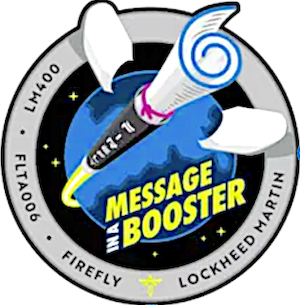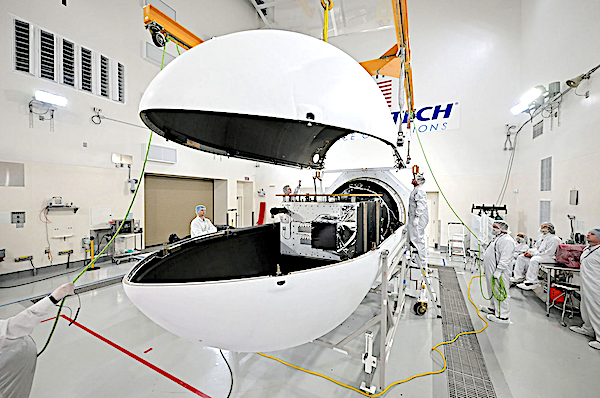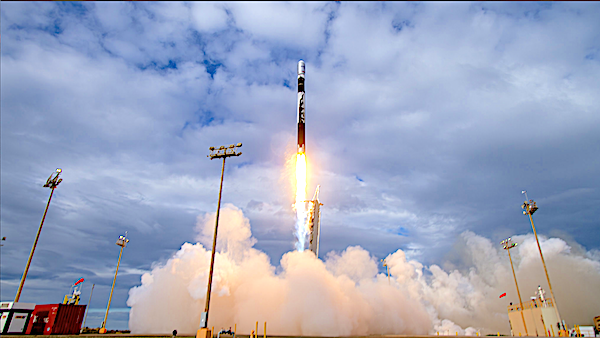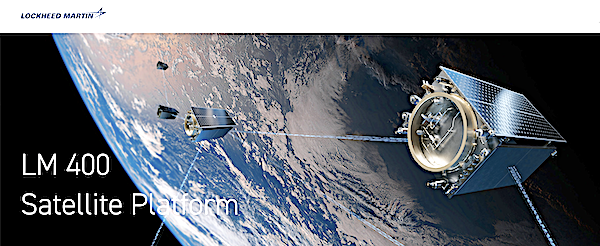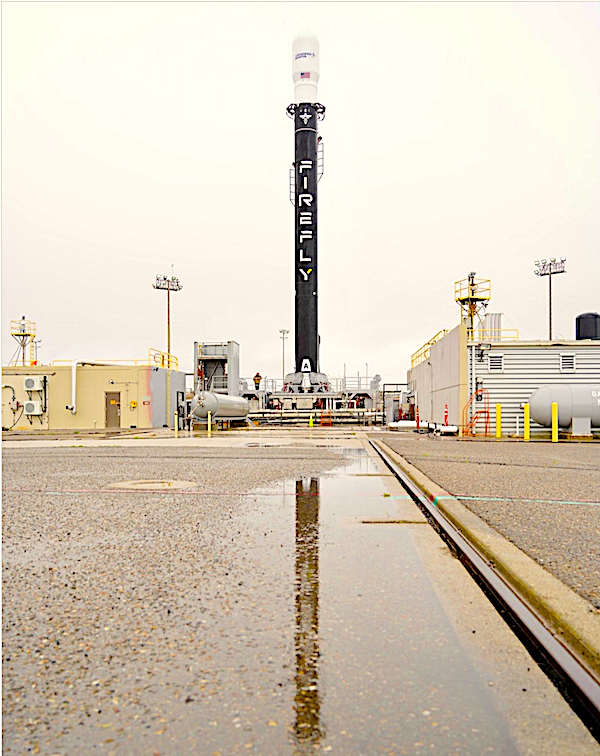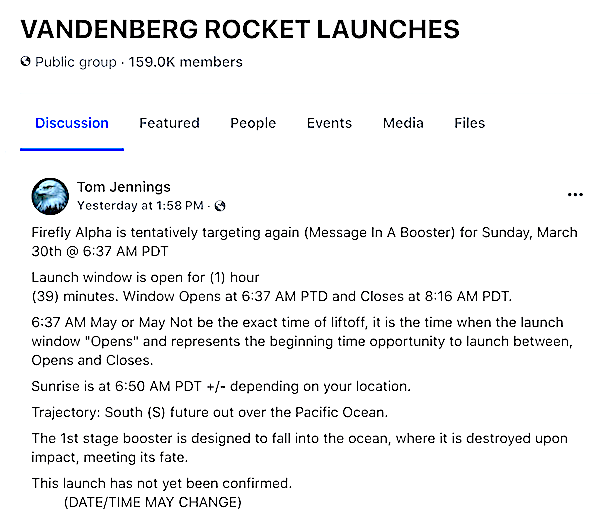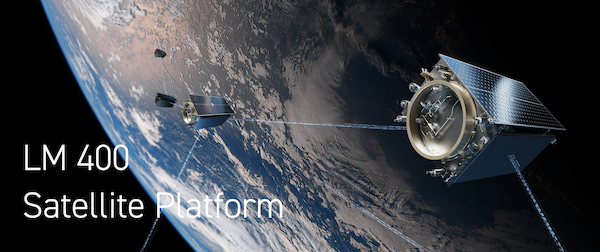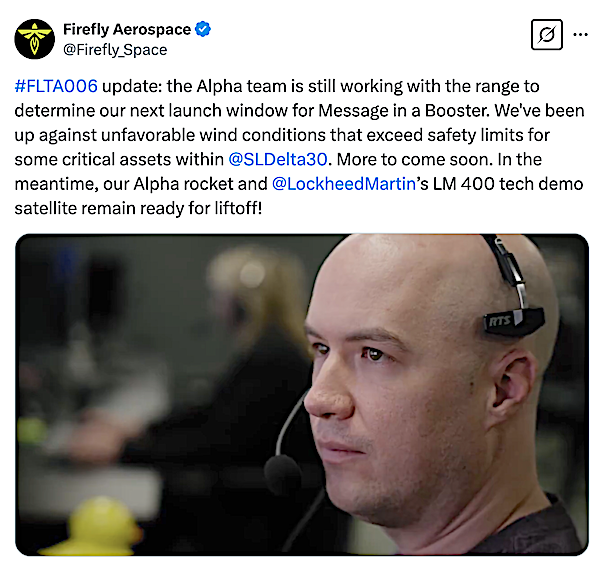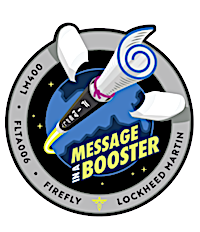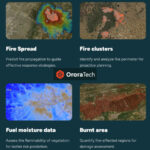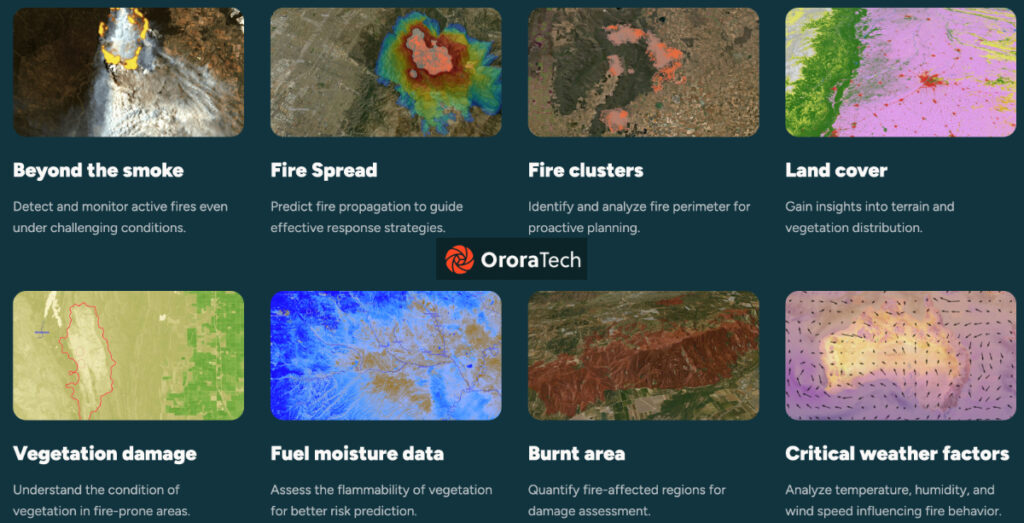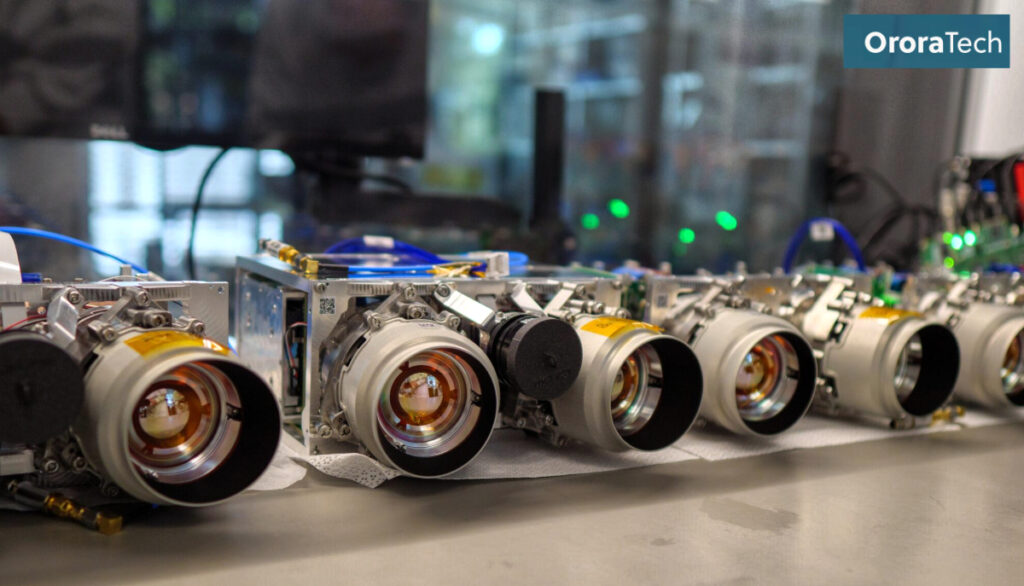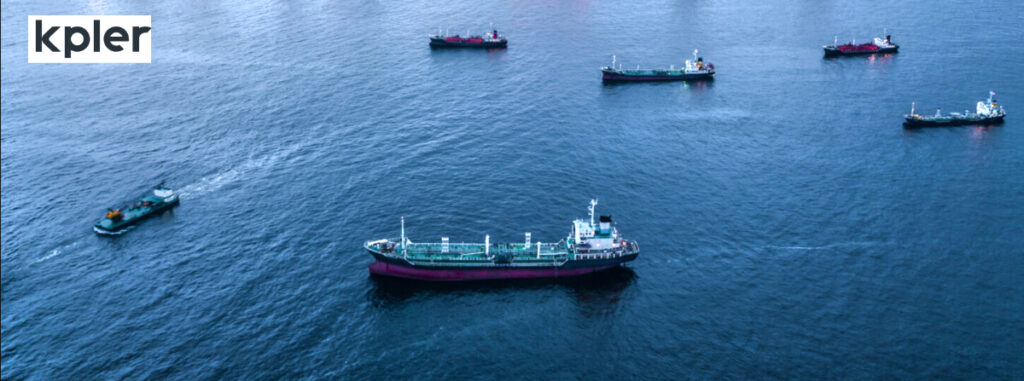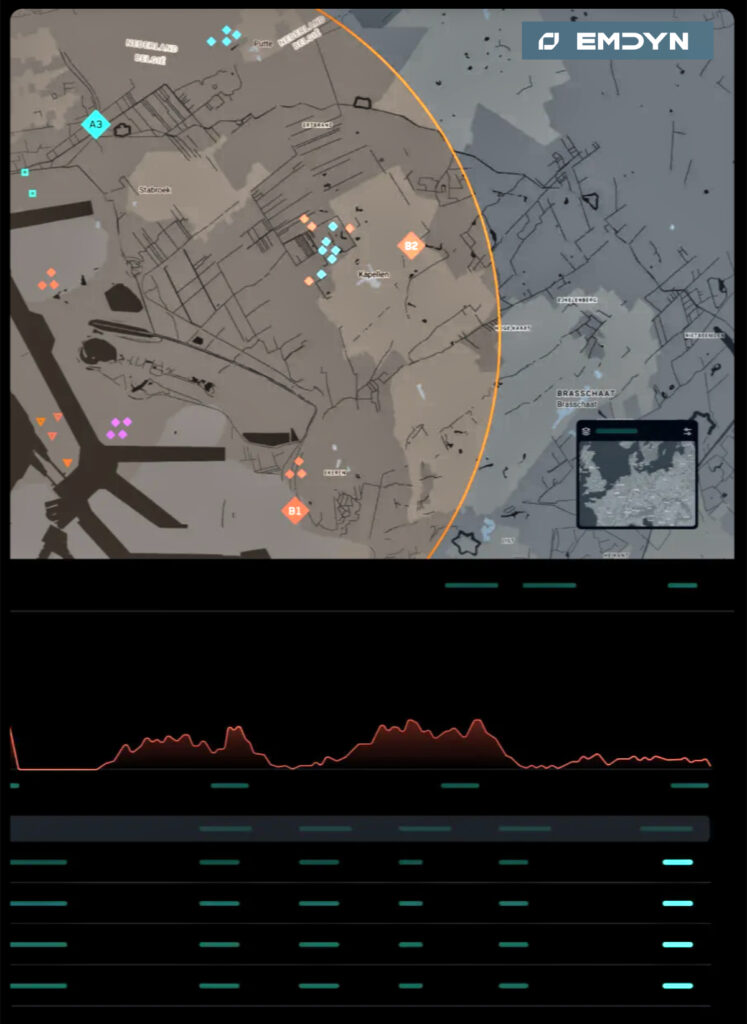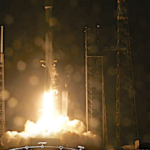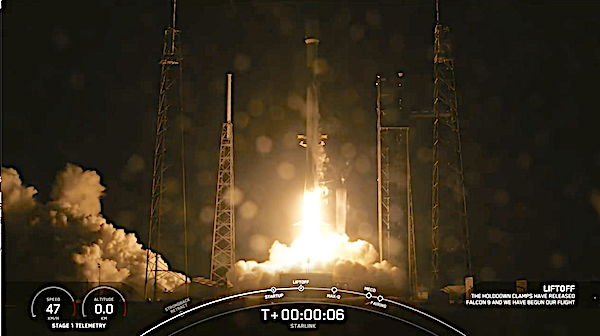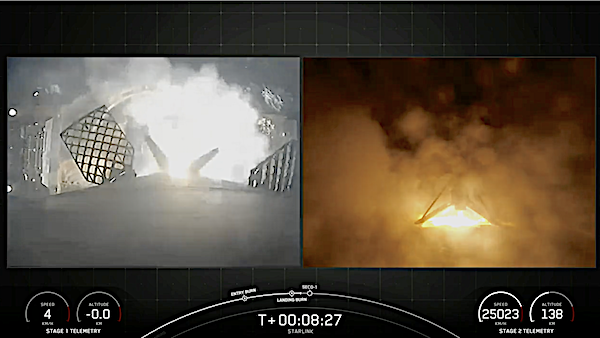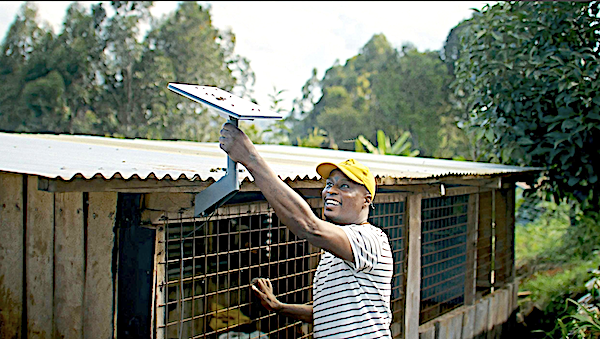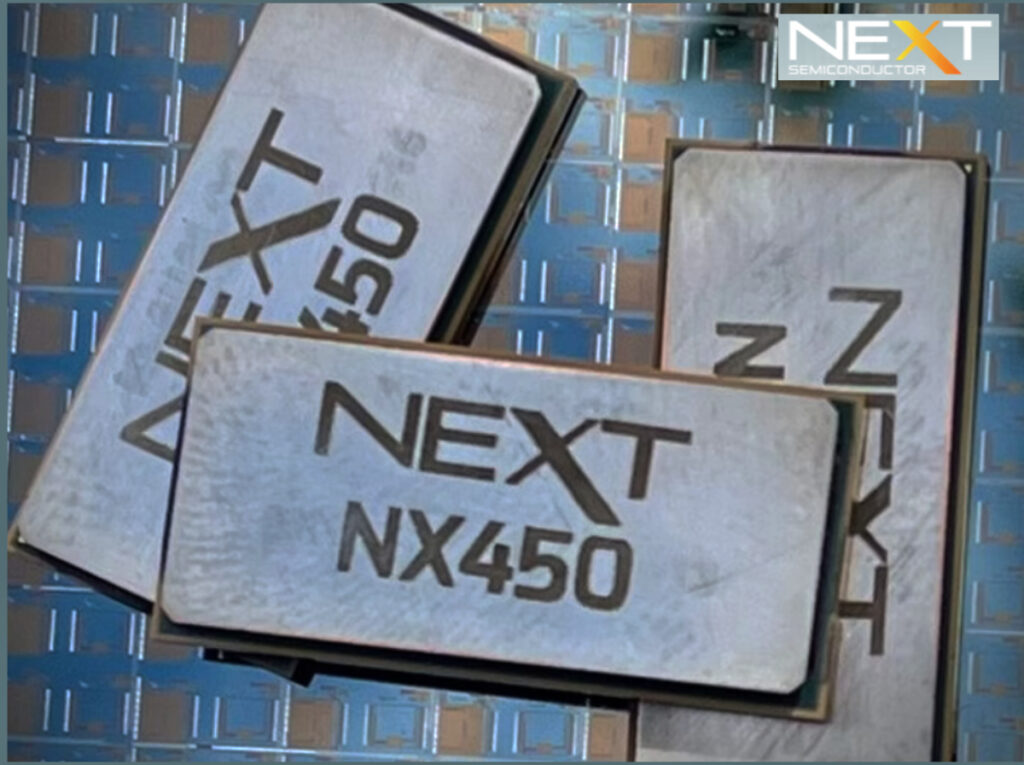
NEXT Semiconductor Technologies is collaborating with BAE Systems to accelerate the insertion of its latest, ultra-wideband, antenna processor units (APUs) into high-performing, radiation-hardened, electronic subsystems to support future space missions.

NEXT’s APUs combine agile signal acquisition and generation with on-board high-reliability digital processing that offer unprecedented quantity, quality and efficiency of information processing for next generation satellite sensors and transmitters. This effort will enable efficient and resilient wideband RF (radio-frequency) signal processing capabilities not yet available to the space market.
NEXT’s latest APU, the NX450, is the world’s first 200 GS/s (200 billion samples per second) antenna processor with 100-GHz of instantaneous RF bandwidth split across four independent receive and transmit channels respectively. The NX450 simplifies sensor design by pushing signal digitization and processing closer to the edge—redefining electronic warfare capabilities while reducing sensor SWaP (size, weight, and power). The NX450 is manufactured in an onshore Global Foundries 12LP (12 nanometer) FinFET process, features embedded application processor redundancy and has been radiation tested for space qualification.
As satellite networking proliferates, the demand for greater data payloads and on-orbit processing is driving the advancement of System-on-Chip (SoC) solutions such as APUs that define the capabilities and performance of satellite antenna systems. The NX450 is the first device of its kind to specifically address the emerging demands for secure ultra-wide bandwidth communication links between satellites and ground stations.
BAE Systems will provide support of the NX450 APU for use in proliferated Low Earth Orbit (pLEO) missions. The company may also work with NEXT to incorporate its own application specific integrated circuit technology and expertise for use in future SoC products. These next-generation, radiation-hardened solutions are the key enabler gating wide bandwidth capabilities in demanding space environments.
NEXT is firmly entrenched in the development of high-reliability SoC solutions for next generation satellite payloads. We are eager to collaborate with BAE Systems to address future space missions with our unique SoC capabilities,” said Mike Kappes, President and Chief Strategy Officer at NEXT Semiconductor.
By leveraging our decades of space electronics experience, we can apply our radiation-hardened techniques to a commercial off-the-shelf product to deliver a new capability addressing our space customers’ needs,” said Jim LaRosa, Space Systems program director at BAE Systems. “Our collaboration with NEXT allows for the development of future solutions with dramatically increased mission and environmental performance.”
NEXT Semiconductor is a newly formed fabless semiconductor company focused on high reliability system-on-chip solutions for demanding space applications. NEXT offers a roadmap of SoC products addressing the emerging demand for low-SWaP electronics for on-orbit and terrestrial platforms. Evaluation systems are available on request.

